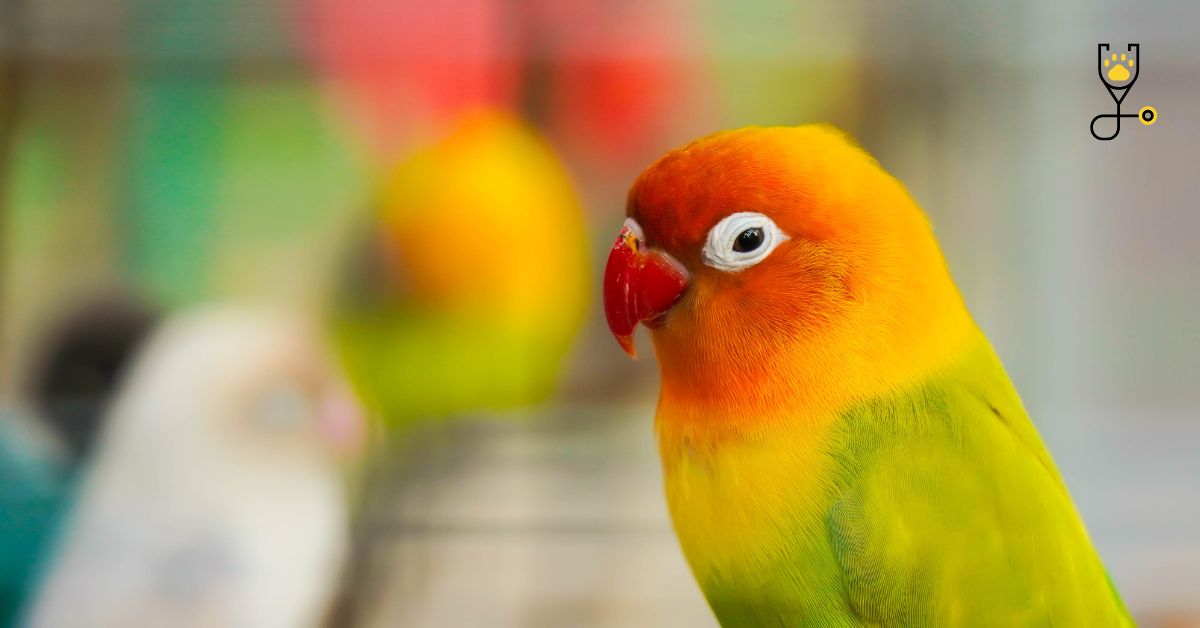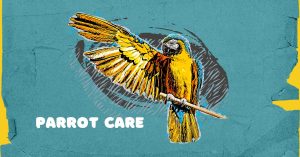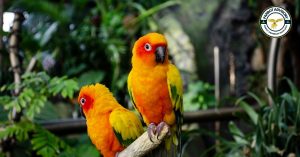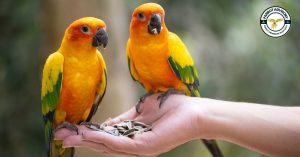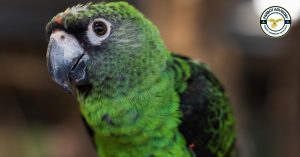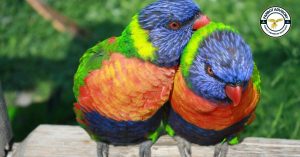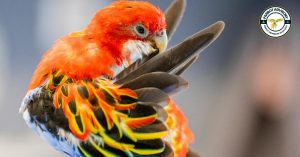Have you ever seen a parrot or a bird with its feathers in one color, then suddenly take on different colors and patterns? This phenomenon is called “color mutation” and it’s something that can happen surprisingly often in birds of all kinds. Whether you’ve observed this transformation or not, understanding the details behind these mutations can be really fascinating – plus, knowing more about why these changes occur can help you as an owner to ensure your pet bird is happy and healthy. In this blog post, we’ll cover everything from the basics of color mutation to how it affects wild birds around the world. Ready to learn more? Let’s dive into all there is to know about color mutation!
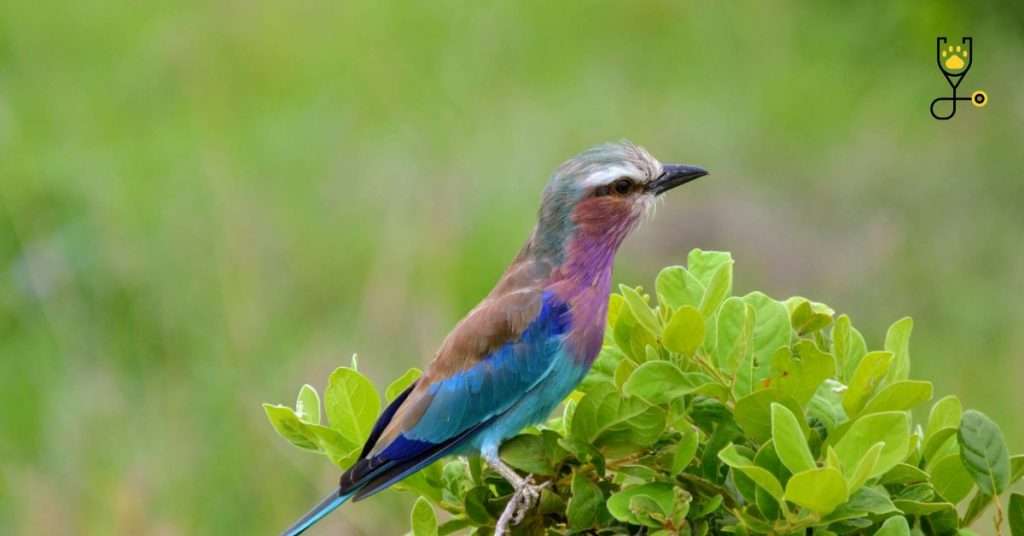
Causes of Color Mutations
When it comes to why color mutations occur, the list of possible causes is quite long. Depending on the species, some of these may be more common than others; however, these are the basic triggers that can cause a bird’s feathers to become different shades or patterns:
1. Genetics
The most obvious cause of color mutation is genetics. Different species of birds may have simple or complex genetic codes that can lead to certain feather colors and patterns; mutations in these genes, whether naturally occurring or artificially introduced (through selective breeding), will result in the bird taking on a different appearance.
2. Light Exposure
Parrots and other birds that are exposed to natural sunlight for extended periods of time may experience color mutation due to prolonged exposure to UV rays. This is especially true for parrots living in tropical climates where they are exposed to more intense levels of light throughout the year.
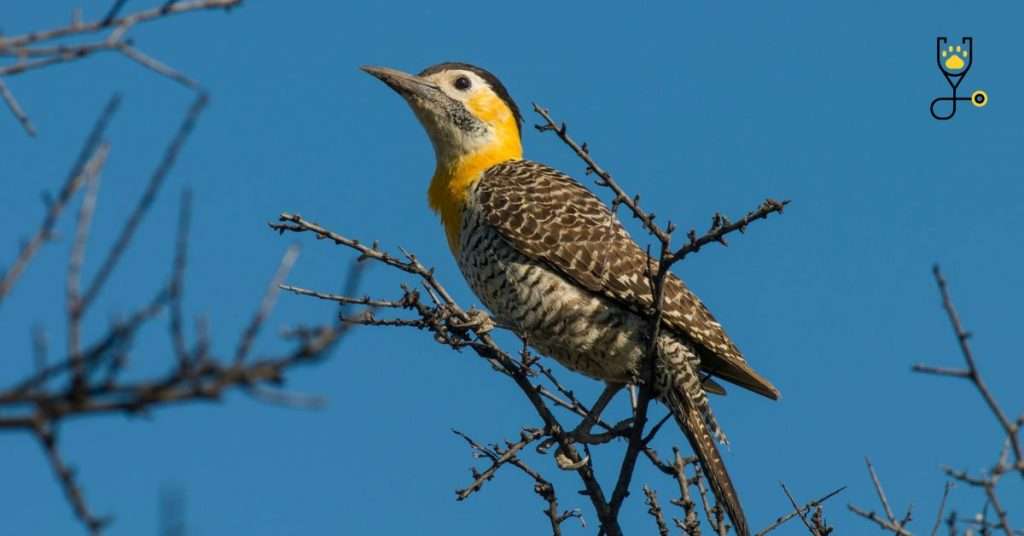
3. Stress
Stress can be caused by many things – from environmental changes to inadequate nutrition – and it can cause a bird’s feathers to take on a different color as well. In most cases, this is simply a temporary change that will resolve itself with time; however, if the stress levels remain high for too long, color mutation can become permanent.
4. Disease
Certain diseases or health conditions may also cause a bird’s feathers to mutate in color and/or pattern. For example, some types of avian pox virus can cause melanin production to be disrupted, resulting in lighter feather colors than usual. Additionally, hormonal imbalances due to disease can have an effect on feather coloring as well.
5. Molt
Molting is a natural process that all birds go through periodically – wherein they shed their old feathers and grow new ones in their place. During molts, birds sometimes take on different colors and patterns, which can be a result of hormones or other influences.
6. Diet
The diet of a bird may also have an effect on its color mutation. For example, a lack of vitamin A in the food can cause feathers to become duller in color than usual; meanwhile, too much carotene (a pigment found in many fruits and vegetables) may cause the feathers to take on more orange or yellow hues.
7. Pollution
Air pollution can also contribute to color mutations in birds, as certain pollutants can affect feather pigmentation. For example, exposure to nitrogen dioxide has been linked to decreased melanin production – leading to lighter-colored feathers in some species.
8. Age
Another factor that may cause color mutations is age. As birds get older, their feathers may become lighter in color due to the slowing of melanin production that occurs with age. This phenomenon is especially common in parrots; for example, some species such as macaws and cockatoos may go from dark blue/green bodies to a more muted grayish hue as they grow older.
9. Environmental Changes
Changes in the environment can also cause color mutation in birds. For instance, if a bird moves from an area with abundant sunlight to one with less sun exposure, its feathers may take on different shades or patterns due to the altered light levels it is now exposed to.
10. Captivity
Finally, living in captivity can also lead to color mutation in birds. Certain species may take on brighter or more colorful feathers when they are in confinement;
Conclusion
In conclusion, there are many different triggers that can cause a bird’s feathers to become different shades or patterns. From genetics to light exposure to stress and diet, these factors can all play a role in influencing a bird’s coloration – so it’s important for bird owners to be aware of them when caring for their feathered friends. By being mindful of these potential causes, you can help keep your pet healthy and happy!
FAQs
A: Yes, air pollution can have an effect on feather pigmentation. Exposure to nitrogen dioxide has been linked to decreased melanin production – leading to lighter-colored feathers in some species.
A: As birds get older, their feathers may become lighter in color due to the slowing of melanin production that occurs with age. This phenomenon is especially common in parrots; for example, some species such as macaws and cockatoos may go from dark blue/green bodies to a more muted grayish hue as they grow older.
A: Yes, diet can affect feather colors. A lack of vitamin A in the food can cause feathers to become duller in color than usual; meanwhile, too much carotene (a pigment found in many fruits and vegetables) may cause the feathers to take on more orange or yellow hues.
A: Yes, when birds experience chronic stress over long periods of time their feathers may start to display muted colors or patterns as a result – and this color molt may remain until the stress has been addressed.
A: Yes, environmental changes can have an effect on a bird’s coloring. If a bird moves from an area with abundant sunlight to one with less sun exposure, its feathers may take on different shades or patterns due to the altered light levels it is now exposed to.

